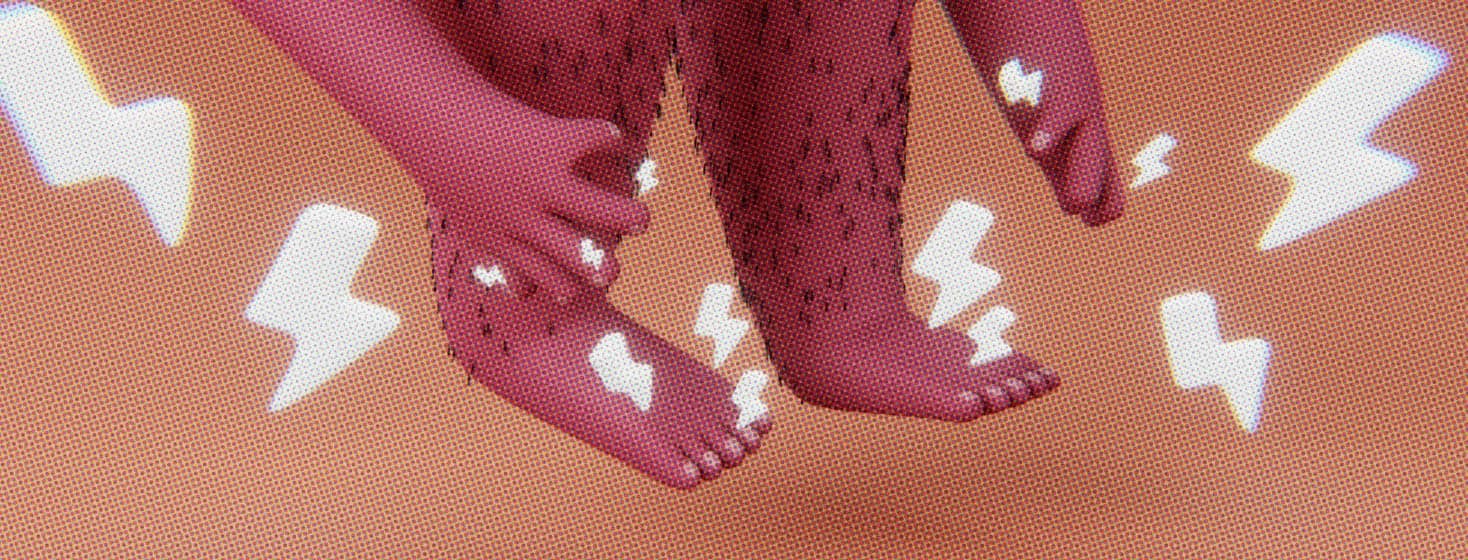What Is Neuropathy and How Is It Treated?
People living with lupus usually describe their neuropathy as numbness and tingling, starting in the extremities like the hands and feet. Symptoms can progress over time and travel up the toes and feet to the ankles or the lower shins. Likewise, neuropathy that starts in the fingers can travel to the whole hand or up to the forearms and above.1
Some patients do not experience numbness or tingling but more of a burning pain or a sensation of stepping on sharp glass or hot coals. Neuropathy can be extremely painful and cause sleep disturbances and trouble with daily functioning. Some patients have even described their neuropathy as "walking on inflated balloons" or their toes as "stuffed with cotton balls." Imbalance and unsteadiness can result from being unable to feel where you are walking.2,3
Small fiber neuropathy
Small fiber neuropathy can also occur in lupus. Small fiber neuropathy is a relatively new discovery. It has been seen in people with abnormal skin biopsies showing abnormal nerve fiber density. Symptoms of small fiber neuropathy are skin pain all over the body. You may feel like you are bruised all over, and even clothing can cause pain. This condition can also mimic fibromyalgia, another condition that causes widespread pain.4
Neuropathy tests
Doctors usually order a test called the nerve conduction study and electromyography, or NCS/EMG for short. This test shows how your nerves are functioning and whether there is abnormal nerve signaling from your brain to your arms and legs. Some people say the test can be painful or uncomfortable, so prepare for parts of the test to cause some discomfort.5
Your doctor may also order bloodwork to rule out underlying causes of neuropathy. The most common causes of neuropathy are:1
- Diabetes
- Thyroid dysfunction
- Vitamin deficiencies
- Nerve impingement syndromes, like carpal tunnel syndrome
Inflammatory markers and antibody levels could also be checked in people with lupus to see if there is an active flare. Further testing might be necessary if your rheumatologist or neurologist suspects a severe neurologic issue. This could involve a lumbar puncture, brain and spine MRI, or a nerve biopsy. Doctors may also recommend a skin biopsy if small fiber neuropathy is suspected.5-7
Neuropathy red flags
The neuropsychiatric manifestations of lupus are diverse and cover a wide spectrum. In some cases, it can be tough to tell whether your neuropathy is a common symptom of lupus or whether it is a rare and severe manifestation of lupus. Signs of a severe neurologic problem that should be reported to your doctor right away are muscle weakness or difficulty moving a limb, bladder or bowel dysfunction such as incontinence, fevers and chills, sudden changes in vision or loss of vision, and speech difficulties.6,8
Neuropathy treatment
If the neuropathy is thought to be caused by uncontrolled inflammation related to lupus, then the treatment is usually to treat lupus further with immunosuppressants. This could involve steroids, biologics, or other immunomodulators to get lupus under control. Medicines that treat nerve pain can also be used. These nerve pain medicines might include gabapentin or pregabalin (also known as Lyrica). There is also research evidence that certain antidepressants, like tricyclics or SNRIs, control neuropathy symptoms and neuropathic pain.9,10

Join the conversation